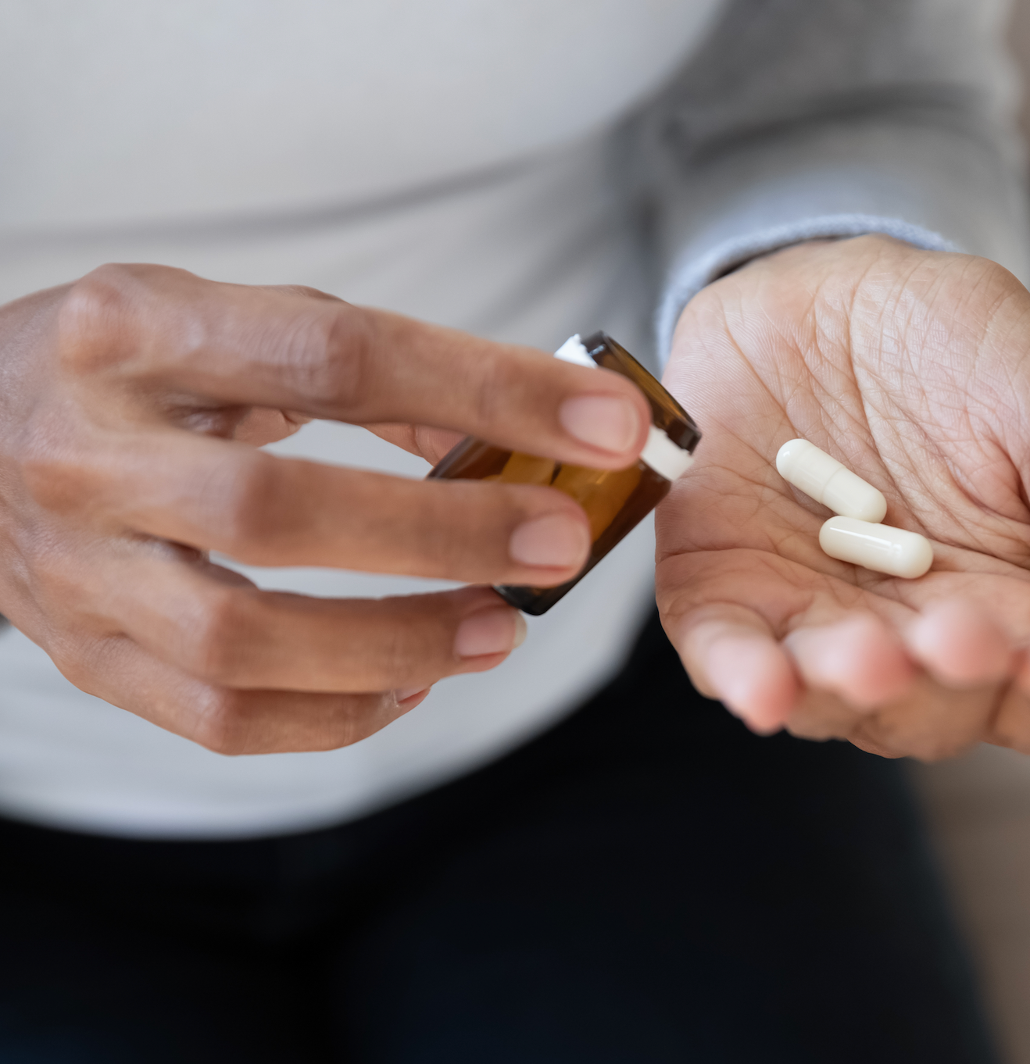Article
Infliximab Biosimilar Competition did not Improve Affordability for Patients
Author(s):
Investigators evaluated whether the availability of the biosimilar infliximab was linked to lower out-of-pocket costs using claims from the IBM MarketScan national data set of commercially insured patients.
Early biosimilar competition of infliximab was not linked to lower costs for patients. Policymakers should better ensure that competition in the biosimilar market is associated with lower costs for patients treated with these drugs, according to a findings from a study published in Clinical Pharmacology and Therapeutics.1

"After market exclusivity ends for biologic drugs, biosimilars—follow-on versions made by other manufacturers— can compete with lower prices,” investigators explained. “Biosimilars have modestly reduced prescription drug spending for US payers, but it is unclear whether patients have directly experienced any savings.”
Investigators evaluated whether the availability of the biosimilar infliximab was linked to lower out-of-pocket (OOP) costs, using claims from the IBM MarketScan national data set of commercially insured patients between January 2014 and December 2018. Outpatient medical claims data for infliximab was used because the drug is administered intravenously by a clinician. Inpatient infliximab was excluded because OOP costs are both not well recorded and may differ from outpatient OOP costs, which allow for differences in insurance benefit design.
A 2-part model adjusted for demographics, clinical characteristics, calendar month, and insurance plan type. The primary analysis compared OOP costs between claims for the reference product and biosimilar versions, infliximab-dyyb and infliximab-abda.
A total of 509,317 patients receiving infliximab were analyzed, of which 45.3% (n = 230,499) claims were from the biosimilar competition period, as defined by July 2016 or later. During this period, 98.6% (n = 227.203 were for the biologic originator and 1.4 (n = 1.4%) were for the biosimilars. Biosimilar use increased from the second half of 2016 (5 biosimilar claims) to 2018 to (3% of all claims, n = 2587 claims that year).
When compared with the reference biologic, no difference of biosimilar claims with OOP costs was observed (30.1% vs 30.8%; adjusted odds ratio [aOR] 0.98, 95% confidence interval [CI], 0.84 – 1.15, P = 0.84). Further no difference was observed in the average nonzero OOP cost (median $378 vs $538, adjusted mean ratio [aMR] 0.97, 95% CI, 0.80 – 1.18, P = 0.77). The percentage of claims with OOP costs were ultimately lower after biosimilar competition (30.7% vs. 35.0%, aOR 0.96, 95% CI, 0.94–0.99, P = 0.003). However, the average nonzero costs were increased (median $534 vs. $520, aMR 1.04, 95% CI, 1.01–1.07, P = 0.004).
Limitations included focusing on the early period of competition for a single biologic, which may have led to findings that may not be generalizable to all biosimilars. Additionally, as the analysis was restricted to the commercially insured patients, results may not be generalizable to those with other insurances, including Medicaid, Medicare, and the uninsured. This is particularly the case for newer biosimilars, which may lead to greater reductions in spending. Further, the newly approved infliximab biosimilar (infiliximab-axxq [Avsola]) should be evaluated as to whether the drug will augment savings for patients. OOP costs were based on insurance claims, which do not consider whether patients have received support from manufacture coupons or patient assistance programs. Limitations may have led investigators to overestimate OOP costs.
“Further analyses of additional biosimilars and spanning more recent years will be important to better understanding the overall impact of biosimilars on patient spending,” investigators concluded. “Policymakers should take additional steps to assure that biosimilars lead to direct healthcare savings for patients, thereby improving affordability and access to these medicines.”
Reference:
Feng K, Kesselheim AS, Russo M, Rome BN. Patient Out-of-Pocket Costs Following the Availability of Biosimilar Versions of Infliximab. Clin Pharmacol Ther. 2023;113(1):90-97. doi:10.1002/cpt.2763





